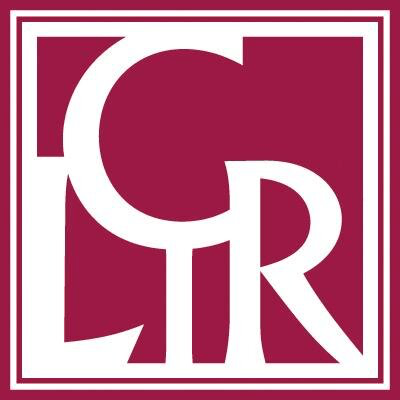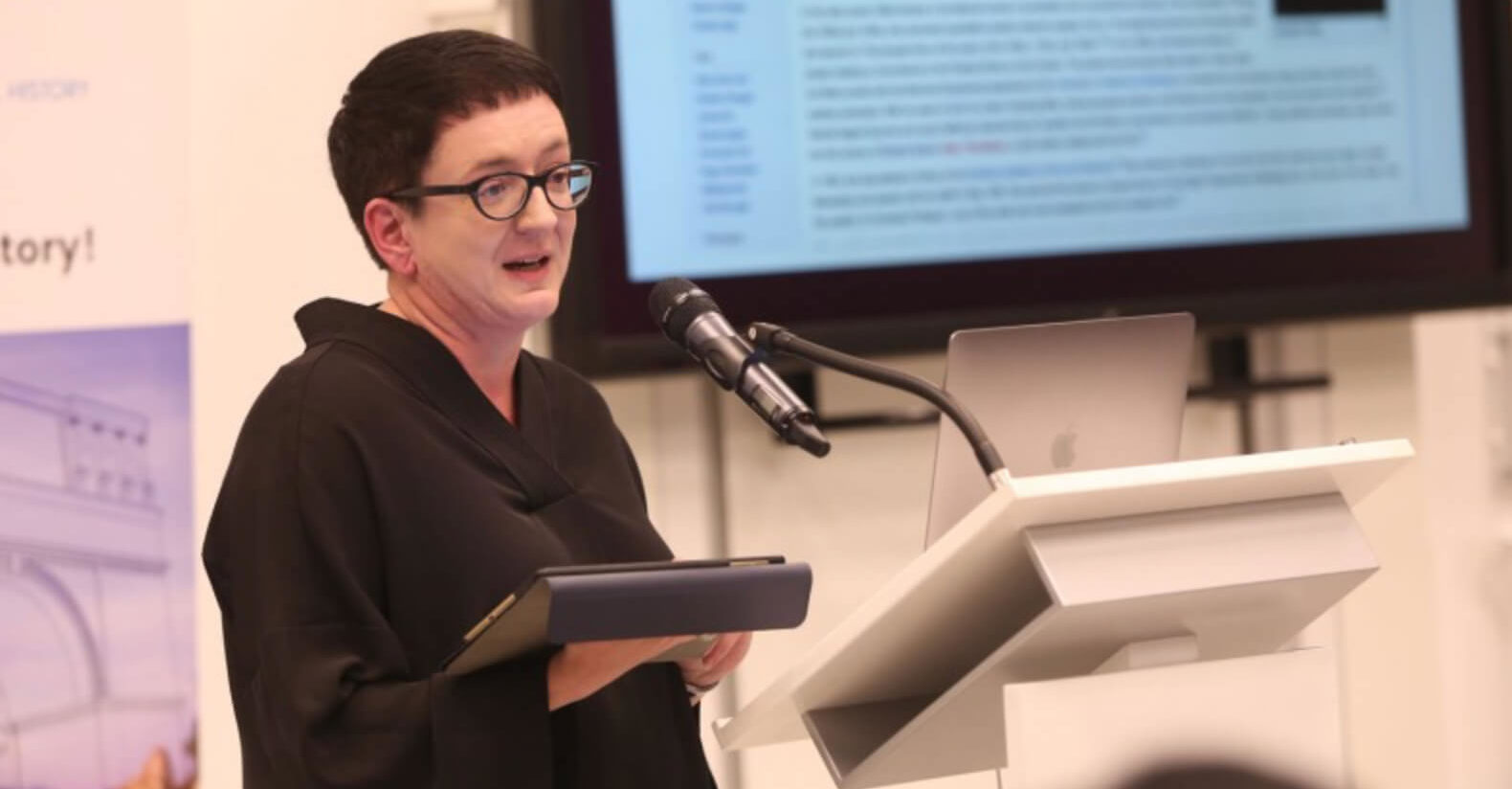Jane Winters is a professor of Digital Humanities at the School of Advanced Study, University of London.
As artificial intelligence continues to revolutionize various fields, its applications in the cultural heritage sector, particularly for archives and special collections, are advancing at an astonishing pace. For GLAMS professionals these technologies offer transformative possibilities—if we can overcome challenges of adoption, ethics, and skills development.
Professor Jane Winters, a digital humanities scholar at the University of London, has been at the forefront of exploring how AI and machine learning can reshape how we interact with archival collections. After completing a Ph.D. in history at King’s College London, Winters joined the Institute of Historical Research’s digital publishing team, eventually leading to a role as Professor of Digital Humanities in the School of Advanced Study. Today, Winters works on a variety of projects involving libraries, archives, and museums, focusing on how digital tools can help analyze both digitized and born-digital materials at scale.
Here, Winters shares insights into how AI is transforming archival practices and why GLAMS professionals must embrace these emerging tools to remain relevant.
Unlocking the Power of AI for Archives
From early in her career, Winters recognized the potential of AI for cultural heritage collections. “Many of the digital projects I’ve worked on have involved collaborations with cultural heritage institutions—libraries, archives, and most recently, museums,” she explains. “AI is essential for cleaning, exploring, and visualizing archival and special collections, especially with born-digital archives like the UK web space, which are vast. We rely on computational methods to interact with and interpret these collections.”
According to Winters, AI’s impact on archives is already profound. “AI might be used to generate metadata for uncatalogued collections, deduplicate information, or transcribe digitized handwritten materials. It allows scalable reading of collections, combining analysis at scale with more qualitative approaches that require human expertise,” she explains.
The Role of Handwritten Text Recognition and Natural Language Processing
Two AI technologies are proving particularly valuable for GLAMS professionals: Handwritten Text Recognition (HTR) and Natural Language Processing (NLP). “HTR has the potential to open up access to manuscript collections in ways that Optical Character Recognition (OCR) did for digitized printed texts,” Winters says. “Transkribus, for example, offers users the ability to train bespoke AI models for specific document types or scripts. It’s an exciting development, especially for pre-modern collections.”
NLP, which automatically identifies people, places, and concepts in unstructured text, remains another vital tool. “NLP allows us to explore archival materials in new ways, including catalog entries themselves. With the help of AI, archival catalogues become primary sources for understanding the context of cultural heritage collections.”
One of Winters’ projects, the Heritage Connector, used AI to build connections at scale between collection records at the Science Museum Group and other institutions. “The web of links between the Science Museum Group, the Victoria & Albert Museum, and Wikidata was structured into an open knowledge graph, which allowed us to visualize and explore collections in entirely new ways,” she explains.
Navigating Challenges and Ethical Concerns
While AI holds immense promise, it’s not without its challenges. One issue, Winters notes, is the slow adoption of AI tools in GLAMS institutions, which often struggle with resource limitations and professional development gaps. “Sustained investment in people and technology is necessary if GLAMS institutions are to take full advantage of AI and shape its responsible use for cultural heritage.”
The ethical use of AI is also a central concern. “[AI] black boxes make transparency difficult,” she acknowledges. “But GLAMS institutions can document their decision-making processes, data selection, and tool usage to mitigate biases.” Ethical considerations around data privacy and the risk of replacing human expertise with AI also loom large. “It’s not humans versus machines, but humans and machines working together,” Winters emphasizes. Human expertise remains crucial for interpreting results and making ethical decisions.
A Vision for the Future
Despite the challenges, Winters is optimistic about the future of AI in GLAMS. “Generative AI has marked a step change in what might be possible for the application of AI in cultural heritage,” she observes. The development of computer vision and the ability to link image collections as easily as text-based sources offers exciting possibilities for GLAMS professionals.
However, she urges caution. “We need time to assess the real value of generative AI for cultural heritage institutions. That said, some technologies, like HTR and NLP, are maturing quickly and enhancing accuracy to the point where concerns about precision begin to fade.”
For professionals still hesitant about AI, Winters offers some practical advice: “Start small. Empower staff with training and professional development, and create a community of practice. Sometimes, the best thing is knowing when AI is needed—and when it’s not.”
Embracing AI: A Critical Next Step for GLAMS
The message for GLAMS professionals is clear: AI is not going away, and the stakes are high if institutions do not embrace its potential. “[GLAMS institutions] are responsible for high-quality data that could be used to develop large language models with transparency and fairness in mind. Without their input, decisions about AI’s application in cultural heritage will be made without their valuable perspectives,” Winters warns.
The collaboration between AI and human expertise can transform how we interact with the past, opening new doors for research, accessibility, and preservation. As AI continues to evolve, it’s essential that GLAMS professionals remain engaged and equipped to lead the charge in this brave new world of cultural heritage.


